It’s mid-May, and with the exception of the odd warm day, the nights are still cold, and the new seedlings are coming along slowly. Everything I’ve sown in the garden is still quite small – so it’s nice to have a few hardy perennial greens in the garden ready for harvest, even if they are weeds! In this article I talk about the ones that I keep in my garden.
These dandelions are an Italian variety. I keep them in a dedicated spot in my garden. Most things don’t grow well in this shady spot, but the dandelions are thriving!
Dandelion Greens (4 to 8 plants)
According to Wikipedia, dandelions have been around for about 30 million years, and most ancient civilizations have records speaking to their use as food and/or medicine. Despite this fact, most gardeners treat these old friends like cockroaches, the be
destroyed on sight. Granted, they will take over if you let them, but that should not dissuade of from making use of these wonderfully abundant plants. The best time to pick them is early in the season. They are at their best before flowers develop; they are
fine when the flowers are budding, they are even ok when the flowers first open up – but after that they get progressively more bitter as they mature. There are cultivars that have been developed to resist bolting (going to flower), and they are supposed to taste “less bitter” – but I’ll be 100% honest – to me they are all bitter to some extent and there’s no kind of dandelion that I can enjoy raw, but, this is not a problem! I use them all the time in cooked dishes and salads by using the techniques of boiling and/or masking, which I will discuss later in this article.
This dandelion is at the end of its usefulness as a food source. The flowers have been in bloom for over a week. Time to pull it and get those seed-packed flowers out of my garden!
Common Sorrel or French Sorrel (1 to 3 plants)
Common Sorrel has many varieties, and if you are lucky, it’s growing as a weed in your garden right now. It’s easy to spot: it resembles spinach, though the leaves are more narrow, and it has a more bitter, almost “lemony” taste. If you find that you have some, dig them up and put them somewhere that it’s tough to get things to grow – like a shady spot. Sorrel will grow anywhere. It has a massive root system and it gets a bit bigger each year, expanding outwards – almost like a small like rhubarb. All forms of sorrel are primarily used as culinary herbs; that is to say, they are grown as a flavor, rather than as a food. I mainly add it to soups and cut up finely in pasta dishes, and a little bit in salads is ok too. A little goes a long way, and if you add too much things
get too bitter – but this is different for everyone, so you will have to play around with it to see what works for you – but start with just a few leaves in whatever dish you are making and see how it goes. Everything I said about common sorrel applies to the cultivar “French sorrel” as well – the two are interchangeable in my opinion. The difference is that with French sorrel the leaves are bigger, the flavor is milder, and I find that it emerges earlier – my French sorrel is at least twice the size of my common sorrel right now, and that’s despite being in a shadier spot. You can also buy French sorrel seeds if you don’t see the wild stuff anywhere and you want to try it out – but don’t plant too much – three plants are probably all you will ever need!
I found this sorrel plant 2 years ago and gave it a home in this quiet little corner of the garden.
Dock (2-3 plants)
Another early garden weed that is totally edible is “dock” – and like sorrel, it has many varieties and also has a similar growing pattern with a big root system and the plant’s overall diameter increasing each year. I find dock to be milder than dandelion and sorrel, and the leaves can be quite large. I use it in the same way that I use sorrel and dandelion, but I also add them to cooked greens from time to time – especially early in season when I don’t yet have a lot of kale. If you find it growing wild somewhere, give it a dedicated spot in your garden and that will be one more easy to grow early green!
If you see something like this in your garden, you have dock! This one has been harvested 3 times already this year!
Lamb’s Quarters (as much as a 4’ x 8’ bed)
Of all the plants that I’ve listed above, lambs quarters has the mildest taste. For all intents and purposes, this vegetable can be considered equivalent to spinach. The catch is that you need to harvest it BEFORE it goes to seed – or you will have it
everywhere. To use it as a cooked green just use it stem and all – but for salads I remove the thicker stems. If you have this in your garden enjoy it – but when the flowers start forming cut the plant and get it out of your garden! If you want to plant them for the following years just save some of the seeds.
Finding lamb’s quarters is easy - they have a “tree-like” growth habit, the plant can have a slight purple tinge (but not always), triangular leaves, and the young leaves have a white dust on them. (source - https://pixabay.com/photos/lamb-s-quarters-melde-pigweed-1549481/)
Boiling and Masking
The sharp taste of these plants is due to naturally occurring chemicals in the plants that makes them taste that way. In most cases, boiling for 1 to 3 minutes will leach away those chemicals (remember to dump the water); but of course, many of the good vitamins are destabilized by boiling. For those that are not a fan of the boiling approach, the masking approach is a good alternative. “Masking” just means have the green in question with other things – so that can mean adding them to a salad with lettuce and other mild greens, and adding to a soup or pasta dish where the bitterness gets “watered down” by all the other ingredients – or it can even enhance the flavor depending on the dish. For instance, I am particularly fond of adding all of these to spaghetti sauce. In any case, I find that with most of them, there’s an amount that works, and an amount that is simply too much. This is all a question of taste, but its also the case that the level of bitterness usually increases as the plant matures, so you have to adjust as the season progresses because (for instance) a ratio of dandelion to lettuce that works in May may not be so palatable in June.
A Note on Vitamins and Toxins
I am not a doctor, and this is not a health column. All of these greens have lots of vitamins and minerals in them, and they also have varying degrees of toxins like oxalic acid. The toxins are good because they protect the plants from slugs, snails and other pests, but of course on the flip side, these chemical compounds can make the leaves taste bitter, and if eaten raw (especially in large amounts), can be hard on the digestive system, or even bad for people with various health conditions. Suffice it to say, do your own research, but also remember that people have been eating these plants for a long time, so have fun, but start small, and remember- everything in moderation.
Final thoughts
All of these perennials go to flower at least once a season and they put out a ridiculous amount of seeds when they do. The trick is to not have too many of them, and to remove the seed heads as they form. It only takes a minute and that’s all you need to do to keep the numbers down. It’s also the case (as I’ve repeatedly mentioned above) that most of these plants are bitter to varying degrees; but this is a very individual thing: they are all bitter to me, but they may not be so bitter to you – so don’t take my word for it – give them a try and find a preparation technique that works for you!
FREE SHIPPING FROM VESEYS SEEDS
Use my NEW coupon code “GAVS25” to get free shipping from Veseys Seeds on seed catalogue orders. Free shipping is not applicable on surcharges on larger items. Promo code is valid until November 30, 2025.





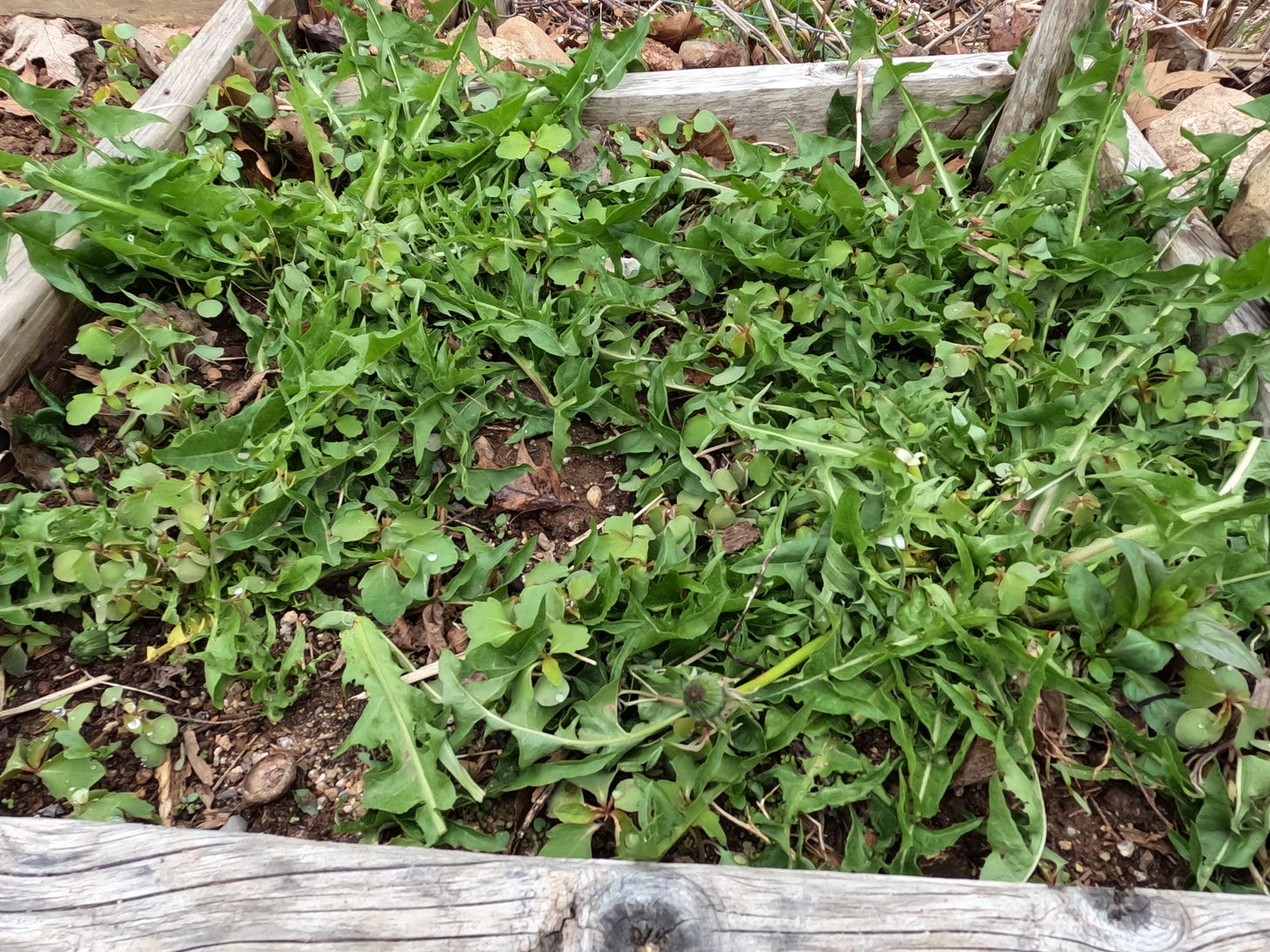
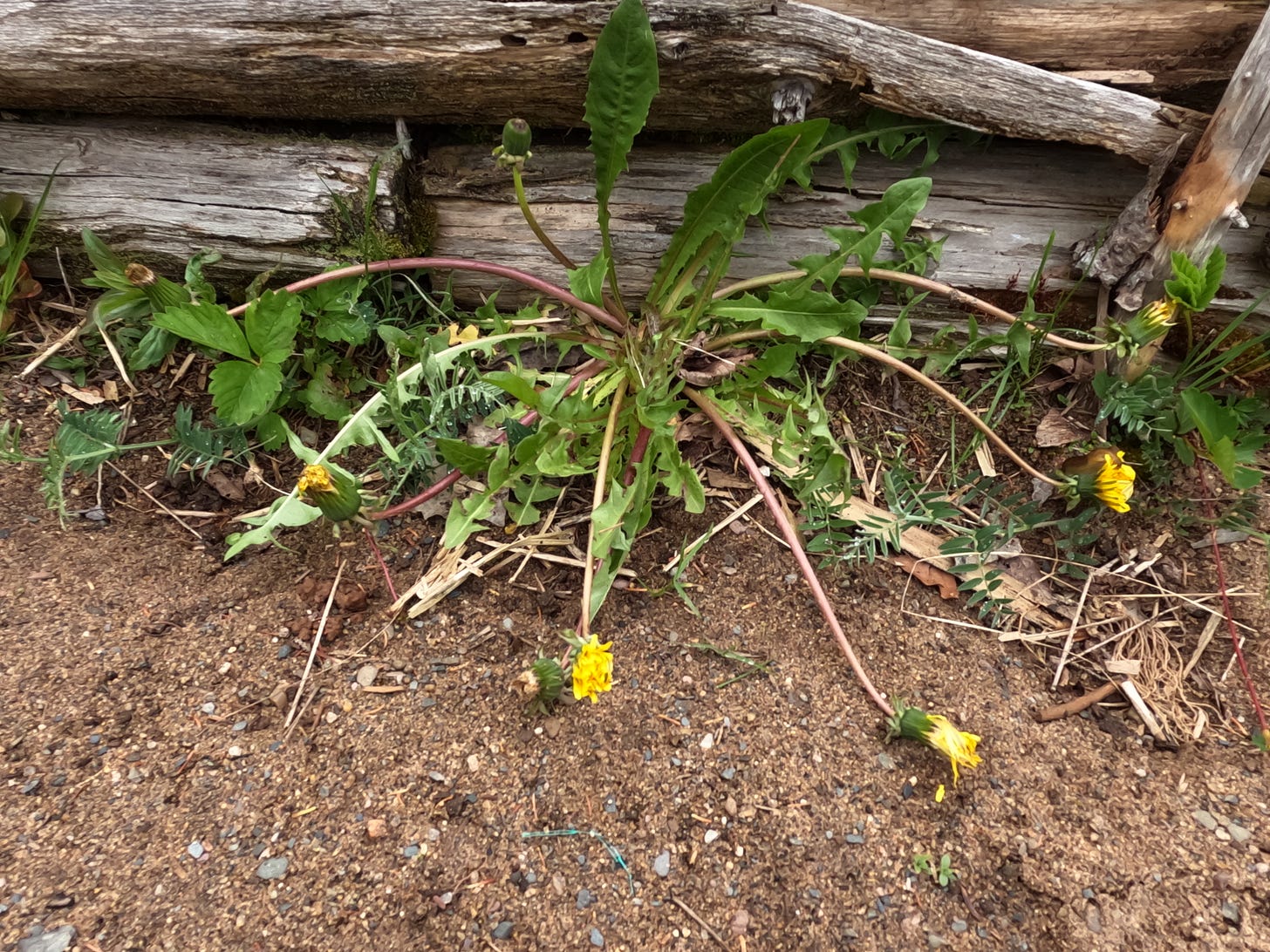
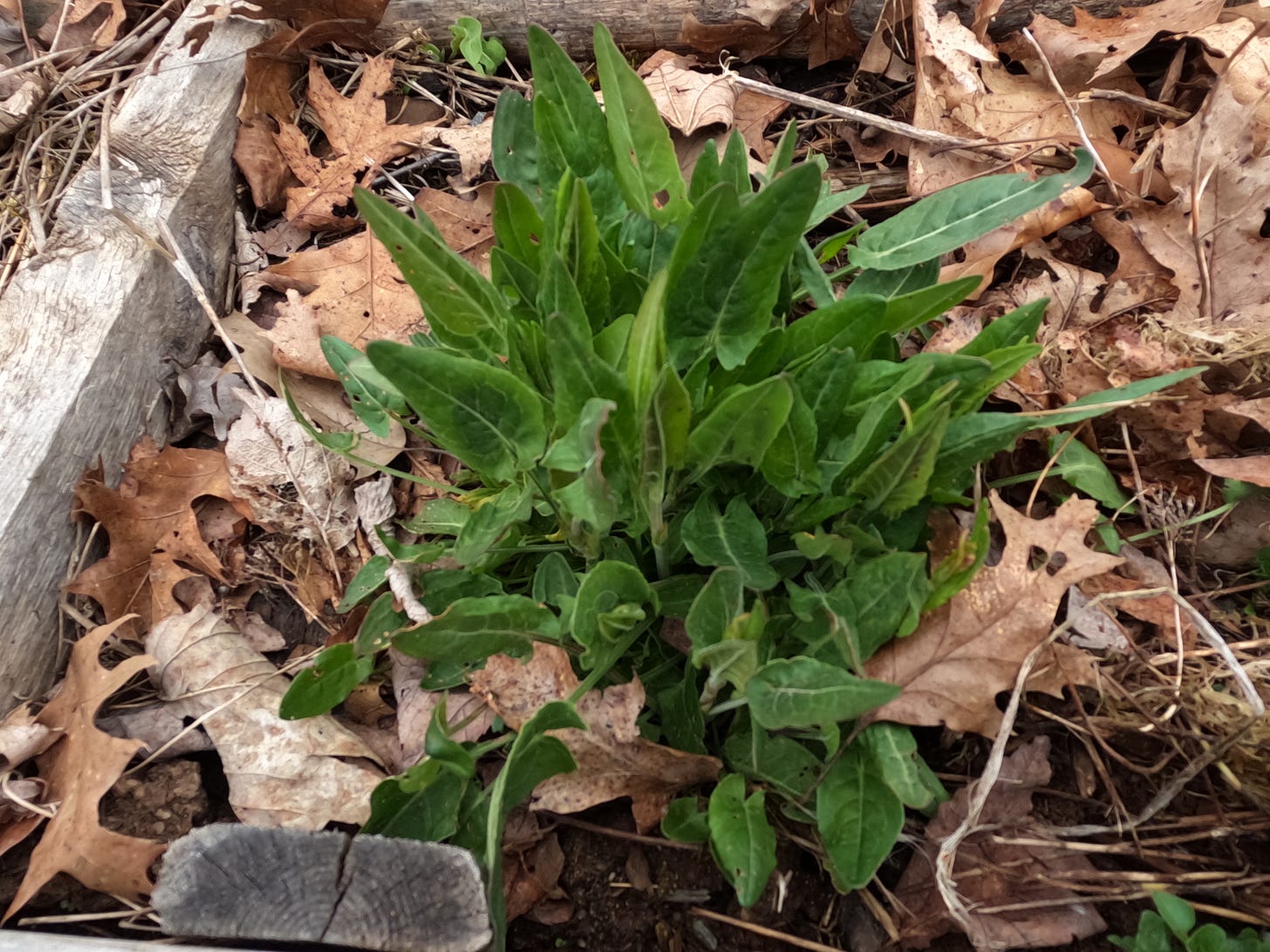
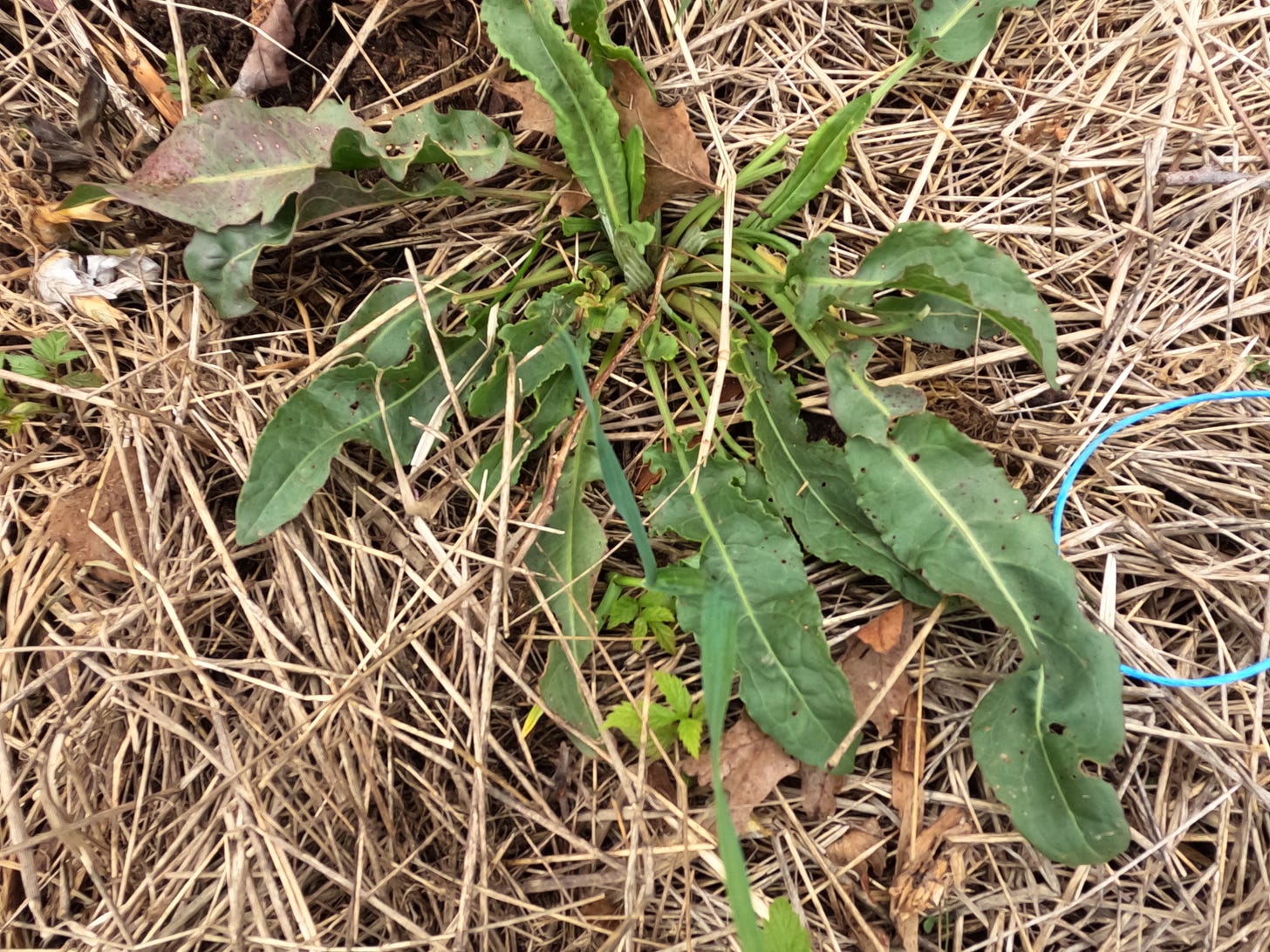
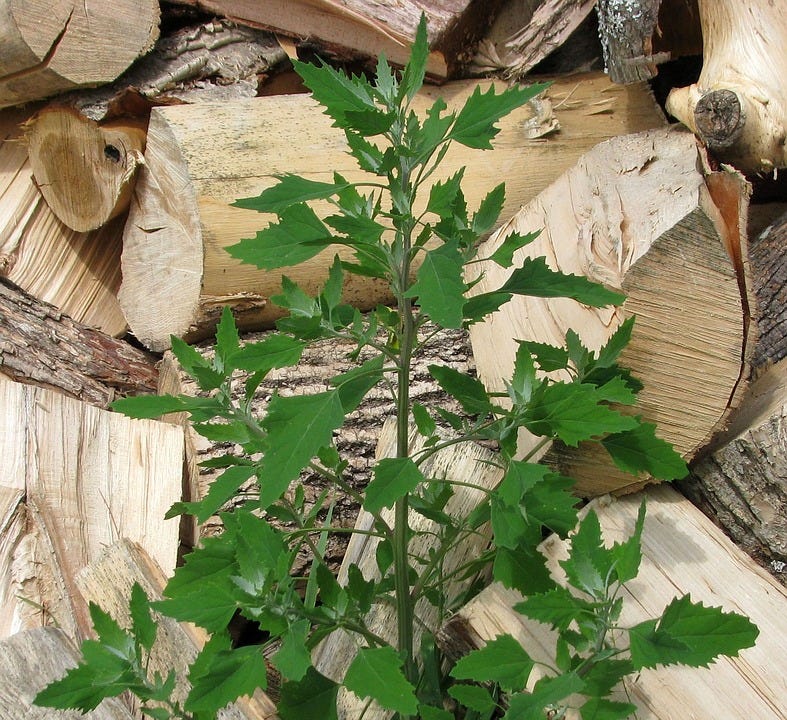






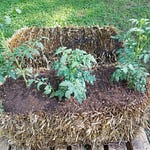


Share this post